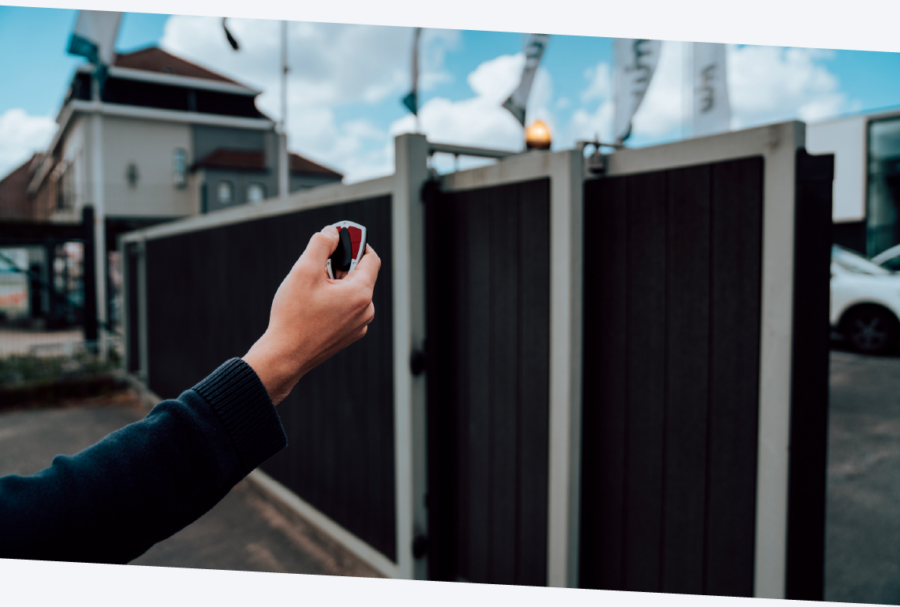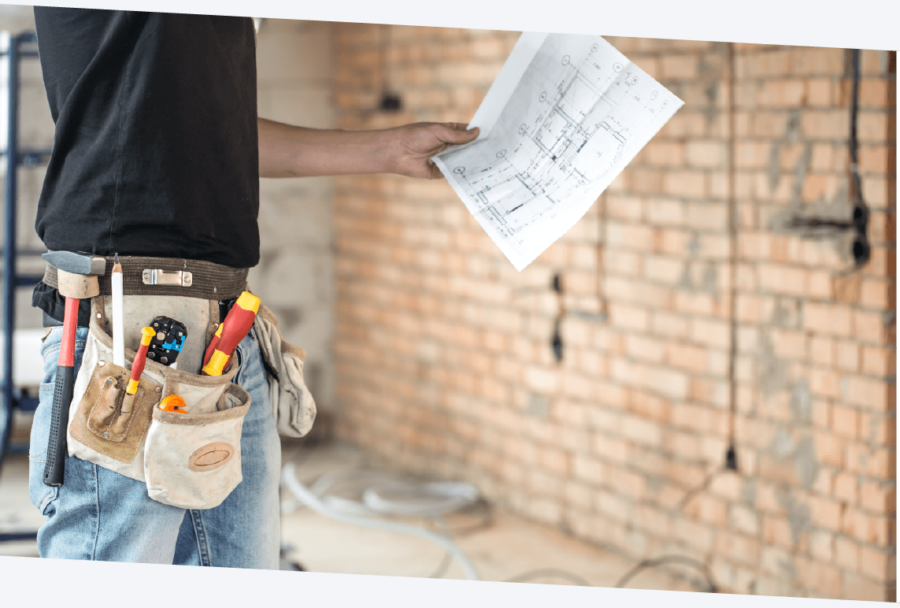Wiring is a pain. We can all agree on that. For installers, it’s time-consuming and can be a complicated, difficult task depending on the building. For customers, laying wiring can be disruptive and can damage interior decoration, requiring additional cost to restore. That’s why here at CDVI we like to call radio transmission the unsung hero of access control.
Many installers aren’t familiar with radio transmission or aren’t sure how to incorporate this technology into their projects. But there are so many benefits to it! Here’s just a few.
1. Less wiring!
We’ve just agreed that wiring is a pain. With radio transmission, there’s less – sometimes a lot less – of it. If you’re retrofitting a project, or working outdoors on an automated gate or something similar, wireless communication is extremely useful. Where laying wiring could require digging channels or ripping up flooring – all adding time and cost to a project – radio transmission makes everything easier.

2. Better scalability and future-proofing
Because of the wireless nature of radio transmission, systems that utilise this technology are more flexible. More users or devices can be added much more quickly and easily than a wired system. If you’re installing a project for a business that expects rapid headcount growth, then radio transmission could be the answer.
3. Reliable systems
In earlier decades, radio transmission gained a reputation for unreliability and poor security. As intruders learnt to intercept and read signals, the technology had to adapt. Today, things are very different. Security features like KeeLoq® hopping code ensure that transmitted data is safe and protected from interception. This technology is also generally reliable, allowing wireless communication to continue even in power outages.
4. Cost-efficiency
In many cases, it is cabling that adds cost to tricky projects. The time and labour required to run cables between devices can represent large chunks of a final bill. Particularly for projects with outdoor elements, or in buildings that are listed or have a lot of glass walls, cabling solutions can be expensive. Radio transmission eliminates a lot of that cost.

5. Easier mobility
In environments like warehouses or care homes, where users often have their hands full, radio transmission can make life much easier. With standard wired access control systems, users often need to go directly to a specific location to swipe a card or enter a keypad code. If you’re carrying boxes or pushing a wheelchair, that can be frustrating. Radio transmission systems are more flexible in this regard. A person could press a button on a handheld transmitter, then put it in their pocket, pick up their boxes, and proceed through the door with no trouble.
6. Rapid deployment
For temporary installations for events, emergency situations, or construction sites, radio transmission is an ideal access control solution. If it’s a temporary site, the organisers won’t want to spend a lot of time, money, and effort laying cables. Radio transmission is quick to install, quick to set up, and quick to remove again when the system is no longer needed.
If you’ve never used radio transmission in your access control installations, it’s time to give it a try! Wireless communication won’t be right for every project. But there are a huge range of applications where it can be a smooth and cost-effective solution.